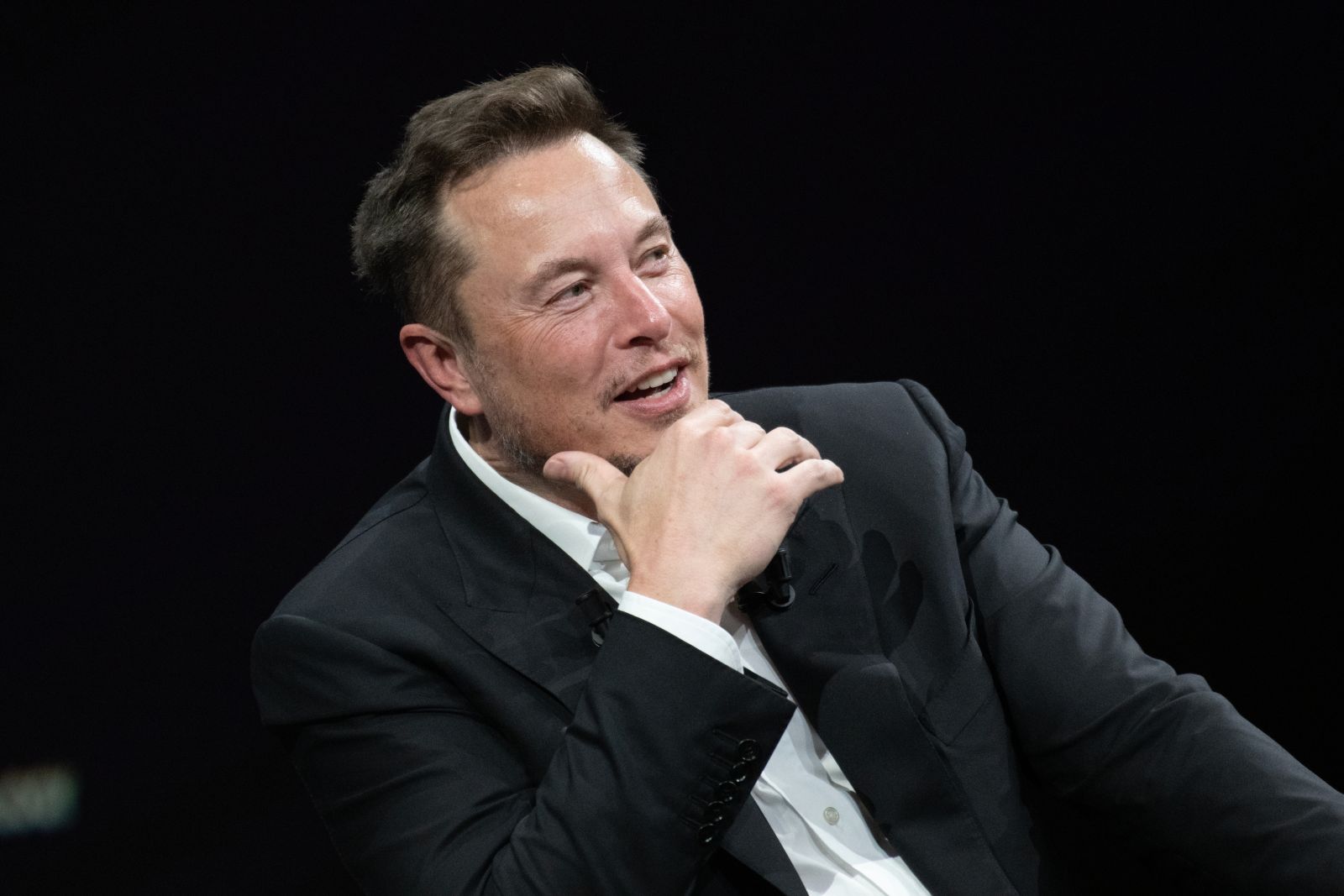‘Tesla is Much Better Than Google. By Far’: Elon Musk Says They’re ‘The Best in the World at Real-World AI’

In a bold and sharply worded statement during Tesla’s (TSLA) Q2 2025 earnings call, CEO Elon Musk declared that Tesla is “by far the best in the world” at real-world artificial intelligence (AI), setting the company apart not only from its auto industry rivals but also from tech giants like Google (GOOG) (GOOGL) and its self-driving subsidiary, Waymo.
The remarks mark a clear shift in Tesla’s industry positioning from an electric car company with advanced AI, to an AI company deploying that intelligence across physical, unpredictable environments through products like autonomous vehicles and humanoid robots.
“Real-World AI” vs. Laboratory AI
At the heart of Musk’s claim is a sharp distinction between general AI development and what he calls “real-world AI”— a term Tesla uses to describe AI systems deployed in uncontrolled, physical environments, such as traffic or human-centric spaces.
“Tesla is by far the best in the world at real-world AI,” Musk said. “A clear proof point for that would be if you compare it to Waymo. Waymo’s car is best with god knows how many sensors.”
In Musk’s framing, Google may excel at data-center AI, such as language models, image recognition, or cloud-based analytics, but it falls short when AI must make split-second decisions in messy, real-time scenarios — something Tesla’s Full Self-Driving (FSD) and Optimus robot platforms are explicitly designed to handle.
Waymo in the Crosshairs
Tesla has long taken a different approach from Waymo, which uses high-definition maps, LIDAR, and tightly geo-fenced areas to operate its autonomous vehicles. Musk has often argued that such systems are inherently brittle and not scalable.
He reiterated that critique on the call, suggesting that Waymo’s heavy reliance on sensors and infrastructure is no match for Tesla’s vision-first, neural net-driven AI stack: “Waymo’s car is best with god knows how many sensors. Isn’t Google good at AI? Yes. But they are not good at real-world AI. Tesla is much better than Google. By far.”
The statement goes beyond the realm of robotaxis. It’s a direct challenge to Google’s standing as a global AI powerhouse, and a signal that Tesla sees itself not just as an auto innovator, but as a primary force in applied artificial intelligence.
Why “Real-World AI” Matters Now
Musk’s definition of real-world AI is crucial to understanding Tesla’s long-term vision. It's not about winning Kaggle competitions or optimizing data pipelines; it’s about embedding AI into machines that must physically interact with and respond to the environment — whether that’s a car navigating chaotic traffic, or a robot walking across a cluttered warehouse.
This approach underpins both Tesla’s FSD technology and its Optimus humanoid robot initiative. According to Musk, these platforms share the same AI architecture principles applied to different embodiments — vehicles and bipedal robots, respectively.
“The same principles that apply to optimizing AI inference of the car apply to Optimus because they are both robots in different forms,” according to Musk.
Tesla’s ability to run neural nets on real-world sensor data, react to edge cases without pre-programmed rules, and continuously improve via fleet learning has become the company’s AI superpower — and Musk believes that’s something Google, for all its cloud AI might, hasn’t mastered in the physical world.
A Showdown Between Silicon Valley Titans
Musk’s comments open the door to a new battleground between Tesla and the traditional tech elite, particularly in areas where physical automation and AI intersect — like autonomous driving, robotics, logistics, and potentially even household robotics.
Google, through DeepMind, has made significant advances in abstract reasoning and reinforcement learning, and Waymo remains one of the most heavily resourced autonomous driving efforts globally. But Musk’s claim is that Tesla alone is deploying AI in the real world at scale, with hundreds of thousands of vehicles already running FSD beta software across varied conditions.
Tesla Stakes Its Claim on AI’s Physical Frontier
Musk’s declaration of real-world AI leadership may sound like a brag, but it’s also a declaration of Tesla’s evolving identity. From the factory floor to urban streets, Tesla is betting that its fully integrated AI hardware/software stack gives it an insurmountable lead in intelligent machines that do things — not just simulate or analyze.
If the company can maintain its momentum, and continue delivering AI-driven products that safely and autonomously operate in the real world, Tesla could emerge as the unexpected leader in a domain many assumed would be dominated by Google, Amazon (AMZN), or Apple (AAPL).
As Musk sees it, the AI future isn’t confined to the cloud — it’s rolling, walking, and learning on the streets today.
On the date of publication, Caleb Naysmith did not have (either directly or indirectly) positions in any of the securities mentioned in this article. All information and data in this article is solely for informational purposes. For more information please view the Barchart Disclosure Policy here.